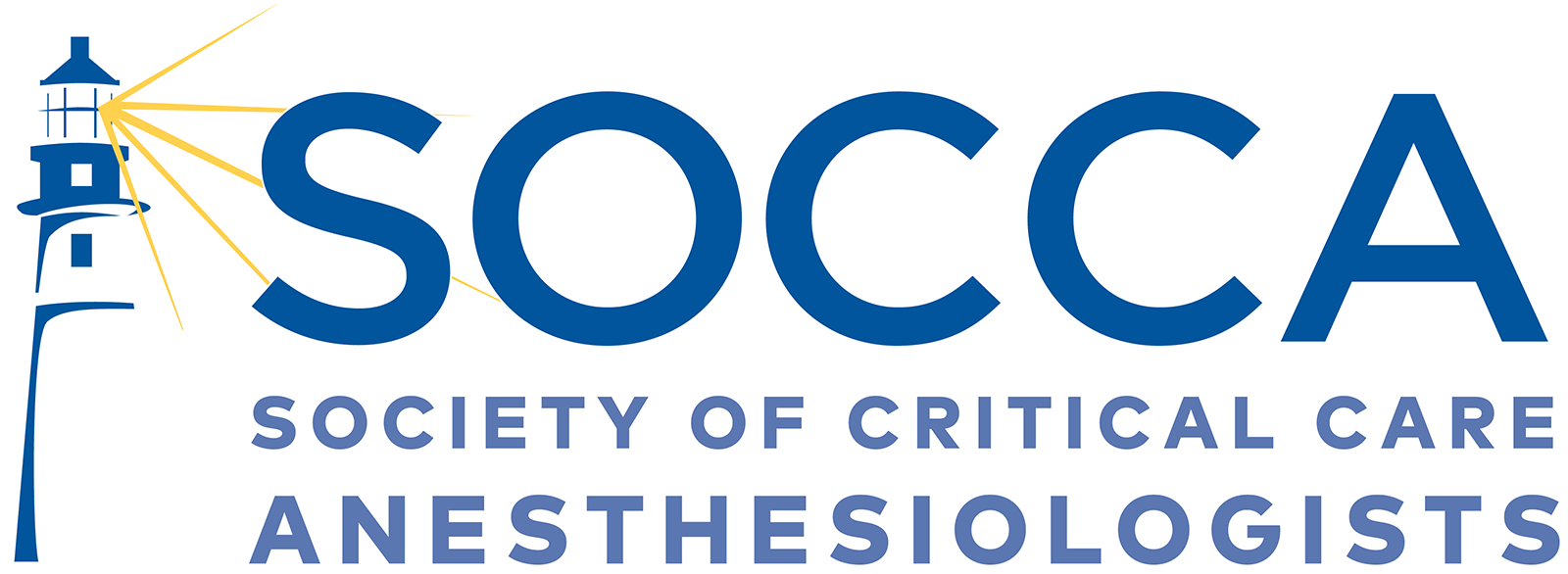| Volume 36 | Issue 1 |
| Written by Grace Hakim |
Volume 36 | Issue 1President’s MessageVolume 36 | Issue 1I hope everyone has had a decent and safe start to their year. SOCCA has continued to develop as a Society under our new administration team at ARC. We have been adding flesh to the strong bones of the organization. With three standing committees and a host of active committees and subgroups reporting to them, there is a lot of activity along multiple themes. Updates from the SOCCA SecretaryVolume 36 | Issue 1The past year was a busy one for SOCCA, and 2024 culminated in the Active Members of SOCCA voting to approve a comprehensive slate of amendments to the Society’s bylaws. The bylaws are an important document defining the operations and governance of the Society. As such, their periodic review and amendment is important to ensure the organization can continue to meet the needs of its membership. Several aspects of the amendments are worthy of emphasis. Continue Reading…Education Committee Update: IARS/SOCCA Annual Meeting Critcal Care TrackVolume 36 | Issue 1The 2025 IARS/SOCCA Annual Meeting is rapidly approaching, and we are excited about the three days of a specific critical care track of educational content. We hope that you are able to join us at the Hilton Hawaiian Village Waikiki Beach Resort in Honolulu, Hawaii from March 21-23. Continue Reading…Service Chiefs’ Advisory Council: Planning for 2025 and BeyondVolume 36 | Issue 1The Service Chiefs’ Advisory Council (SCAC) was born from a desire to unite individuals around the country with the broadest purview over their local anesthesiology critical care practice. In bringing together those one or two individuals from each organization, SCAC facilitates communication, collaboration, networking, and broader insights into the national anesthesiology critical care practice landscape. For SOCCA as a professional organization, it is critically important to have both line of sight into the forces influencing trainees when considering a career in critical care and the downstream issues impacting both individual clinicians in practice and the broader issues impacting our subspecialty. The Program Directors’ Advisory Council is intended to address the former and SCAC the latter. Continue Reading…Membership Committee UpdateVolume 36 | Issue 12025 is off to a busy start for the SOCCA membership committee! Committee members have been hard at work, planning events to accent the standing SOCCA webinars. Continue Reading…The 2025 Anesthesiology Critical Care Medicine Fellowship Match for 2026 PositionsVolume 36 | Issue 1As we advance through the current fellowship match cycle, we are reminded that the match process extends beyond simply filling positions; it is about identifying candidates who will uphold and advance our specialty’s enduring legacy of excellence in patient care, research, and education. Continue Reading…SOCCA’s Clinical Practice Committee (CPC): Driving Collaboration in Critical Care MedicineVolume 36 | Issue 1As the SOCCA Clinical Practice Committee (CPC) concludes its second year, we take a moment to reflect on the incredible progress we have made. The CPC has fostered collaboration across multiple subspecialties of critical care medicine, an area where we, anesthesia intensivists excel. Continue Reading…Women in Critical Care Feature: Understanding and Overcoming Imposter PhenomenonVolume 36 | Issue 1Imposter phenomenon (IP) was first described by Drs. Clance and Imes in 1978 in highly successful women who have an “inability to internalize [their] accomplishments” despite evidence to the contrary. Instead, they hold tight to the notion their “successes are fraudulent” and “are convinced that they have fooled anyone who thinks otherwise.” (1) Imposter phenomenon (also known as imposter syndrome) is an established entity seen in both men and women and is not uncommon in medicine. In fact, IP is more prevalent among physicians than the general population with a prevalence of 22-60% in medical students and 33-44% in residents. (2) Further, A European survey from 2024 explored IP in Anesthesiology and found high rates of IP in physicians identifying as female and physicians with fewer years of practice. Continue Reading…Critical Care Anesthesiologists as Leaders in Cardiovascular and Cardiothoracic Critical Care MedicineVolume 36 | Issue 1The evolving landscape of cardiovascular critical care necessitates a multidisciplinary approach to effectively manage the increasing complexity of patient cases. In the June issue of the SOCCA Interchange, Karamchandani and Dave highlighted the expanding roles of Critical Care Anesthesiologists (CCAs) beyond traditional ICU settings1. This discussion underscores the potential contributions of CCAs in optimizing patient outcomes, enhancing team dynamics, and advancing cardiovascular medicine, especially as the distinction between surgical and medical cardiovascular intensive care units (CVICUs) patients becomes less pronounced. Continue Reading…Invasive Fungal Infections and Immune-Mediated Hemolysis in Liver Transplantation: Two Complex Casesby Wing Fei Wong, MD and Avneep Aggarwal, MDVolume 36 | Issue 1 Liver transplantation is a life-saving procedure but comes with significant post-operative risks, including opportunistic infections and immune-mediated complications. In this report, we present two unique cases that highlight the challenges faced in liver transplant recipients. The first case involves a rare and life-threatening gastrointestinal mucormycosis infection, emphasizing the importance of early detection and aggressive management in fungal infections. The second case explores Passenger Lymphocyte Syndrome, an often-overlooked immune complication leading to hemolysis due to minor ABO mismatch. These cases underscore the need for heightened awareness and timely intervention in transplant medicine to improve patient outcomes. Adaptive Trial Design: An Overviewby Christopher Choi, MDVolume 36 | Issue 1 In our recent inaugural SOCCA journal club, we discussed the RENOVATE trial. High-flow nasal oxygen was found to be non-inferior to non-invasive ventilation in 4 out of the 5 patient groups with acute respiratory failure (nonimmunocompromised with hypoxemia, acute cardiogenic pulmonary edema, hypoxemic COVID-19, COPD exacerbation with respiratory acidosis) (1). However, there were several concerns raised with the trial design, so we decided to use this opportunity to introduce the concept of adaptive trial design. |
